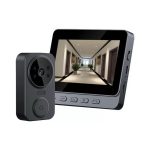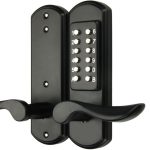Introduction to Video Doorbells
The era of smart home security is upon us, with video doorbells at the forefront. A modern spin on traditional doorbells, these devices go beyond a simple chime, incorporating cameras that connect to your internet. Imagine being able to see and chat with whoever is at your doorstep, whether you’re in the house or away. Video doorbells make this possible. How do doorbell cameras work?
By using your Wi-Fi network, these gadgets send alerts to your phone or other devices when someone approaches your door. Even better, you can view live footage or recorded clips of visitors, delivery people, or anyone else who stops by. Gone are the days of missed packages or wondering who was at your door while you were out. Video doorbells keep an ‘eye’ on your home, adding a layer of security and convenience to your lifestyle.
With features such as motion detection, two-way audio, and night vision, these doorbells are upgrading home security. They’re smart, they’re intuitive, and they’re becoming a vital part of how we manage our homes. The installation is often simple, with many options available for different home setups. In the following sections, we’ll delve into how these doorbell cameras work, what to look for when selecting one, and how they integrate into a broader smart home ecosystem.
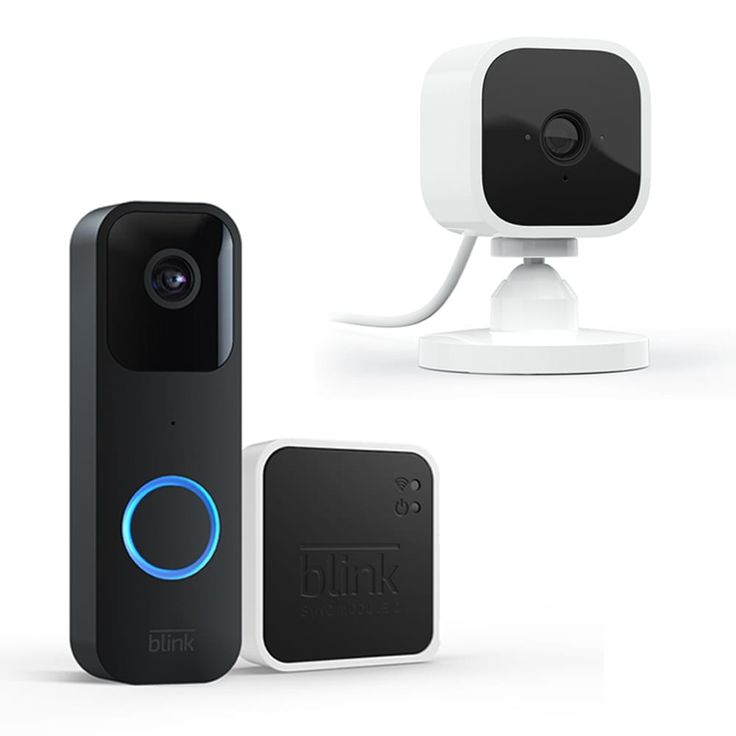
The Mechanics of Doorbell Cameras
The mechanics of doorbell cameras are fascinating, blending high-tech features with traditional doorbell functions. Here’s a breakdown of how they work:
- Motion Detection: When movement is spotted, the camera alerts you on your smart device.
- Camera Activation: The camera turns on with motion or when the doorbell is pressed, showing live video.
- Two-Way Audio: Speak with visitors through a built-in speaker and microphone.
- Night Vision: Infrared LED lights allow the camera to capture clear footage, even in low light.
- Wi-Fi Connection: The doorbell connects to your home Wi-Fi, enabling remote access to the camera.
- Smart App Integration: Use the manufacturer’s app to watch live, record clips, and receive alerts.
- Cloud Storage: Videos are often stored in cloud services, accessible anytime, anywhere.
By understanding these mechanics, homeowners gain better control and security over their home entry points.
Key Features of Video Doorbells
Video doorbell technology offers a range of features that enhance home security and convenience. Let’s explore some of these key features that make video doorbells a smart addition to any home.
- High-Definition Video: Clear video quality is crucial for identifying visitors. Most doorbells provide at least 1080p resolution.
- Wide-Angle Lens: A wide viewing angle helps you see more of your porch and surroundings.
- Real-Time Alerts: Get immediate notifications on your phone when the doorbell detects motion or someone rings it.
- Two-Way Talk: Communicate with visitors from anywhere using your smartphone or device.
- Night Vision: Infrared technology ensures you can see who’s at your door, day or night.
- Silent Mode: Temporarily disable the indoor chime and receive notifications on your phone instead.
- Video Recording: Capture footage of visitors. This can be useful for security or remembering visits.
- Smart Home Compatibility: Integrate with other smart home devices for seamless control.
- Easy Installation: Many video doorbells are designed for quick and simple setup, often completed in minutes.
- Remote Access: Check your front door from anywhere using a compatible app on your device.
These features combine to give homeowners peace of mind, knowing their homes are monitored and accessible, no matter where they are.
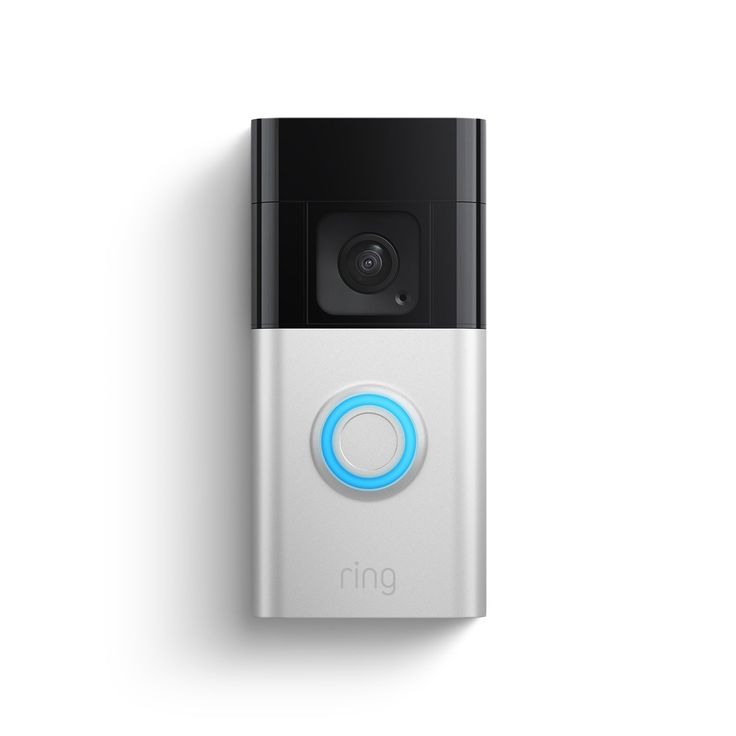
Installation Process for Doorbell Cameras
Installing a video doorbell can seem daunting, but it’s often a straightforward process. Here’s what you typically need to do:
- Choose the Right Location: Pick a spot near your front door with a clear view and stable Wi-Fi signal.
- Mount the Doorbell: If it’s wired, connect it to existing wires. For wireless, secure it to the wall.
- Connect to Wi-Fi: Sync your doorbell with your home network for alerts and remote access.
- Set Up the App: Download the manufacturer’s app to customize settings and monitor your door.
- Test Your Setup: Make sure the doorbell’s functions, like camera and audio, work properly.
With these steps, you’ll have your video doorbell running smoothly to keep an eye on your doorstep.
Advantages of Installing a Video Doorbell
The perks of adding a video doorbell to your home are many. It’s more than just knowing who’s knocking; it’s about creating an interconnected, secure entry system for your space. Here are the standout benefits that come with this innovative technology:
- Enhanced Security: One primary advantage is the improved security for your home. Video doorbells alert you to activity at your door, letting you screen visitors and deter potential intruders.
- Convenience: They offer the ease of answering your door from anywhere. Whether you’re in the backyard or out grocery shopping, you won’t miss a visitor.
- Package Protection: With package theft on the rise, video doorbells can catch ‘porch pirates’ in the act, protecting your deliveries.
- Evidence Collection: In the event of suspicious activity, your video doorbell recordings serve as evidence to help identify culprits.
- Peace of Mind: Knowing you can monitor your doorstep 24/7 provides a sense of security, especially when you’re away.
- Cost-Effective: Compared to full security systems, video doorbells are a budget-friendly option to boost home safety.
- Increased Property Value: Homes with smart technology, like video doorbells, can see a rise in market value.
These pros highlight just how a simple addition to your home tech can make a big impact in daily living and safety.
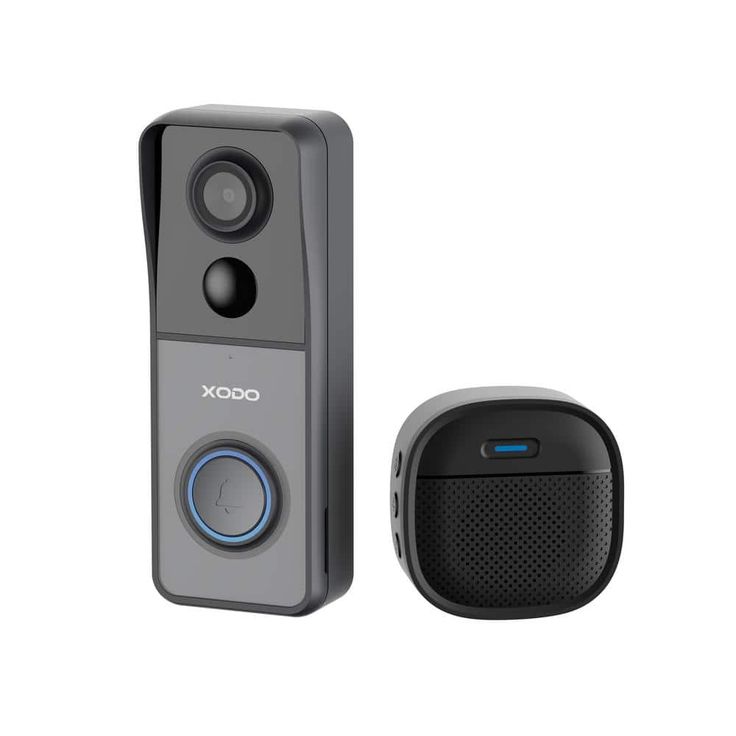
Selecting the Right Video Doorbell for Your Home
Choosing the right video doorbell involves several factors. Consider these points to find the best fit for your home.
Determine the Type: Wired or Wireless
Decide between wired and wireless doorbell cameras. Wired doorbells need professional installation but are reliable. Wireless models offer flexibility and easy installation.
Video and Image Quality
Opt for high-definition video, at least 1080p, for clear visuals. Superior image quality helps in accurately identifying visitors.
Audio Features
Select a doorbell with two-way audio. This feature lets you communicate with visitors remotely, improving both security and convenience.
Night Vision Capability
Ensure the doorbell has effective night vision. This is crucial for monitoring your door, especially in low light conditions.
Storage Options
Check the storage options: cloud-based or local. Cloud storage offers more space and accessibility. Local storage provides a cost-effective and private alternative.
Smart Home Integration
If you have a smart home system, ensure the doorbell integrates well with your devices. This integration aids in seamless home automation.
AI Detection Features
Advanced doorbells come with AI features like facial recognition and motion detection. These improve alert accuracy and reduce false alarms.
Connectivity and Reliability
The doorbell should have dependable connectivity. Ensure it’s compatible with your home’s Wi-Fi network for smooth operation.
Durability and Weather Resistance
Choose a doorbell that is durable and can withstand various weather conditions.
Installation and Ease of Use
Consider how easy the doorbell is to install. Some models are DIY-friendly, while others might need professional help.
Customer Reviews
Finally, read customer reviews to gauge real-world performance and satisfaction levels with the product.
By addressing these factors, you can select a video doorbell that not only enhances your home security but also complements your lifestyle and technical preferences.
Understanding Smart Home Integration
Smart home integration takes video doorbell functionality further by connecting with other devices. Here’s how integrated systems can enhance your home security and convenience.
- Seamless Control: Integrated systems allow for centralized control of smart devices, including your video doorbell. Manage everything from one app.
- Automated Actions: Set up scenarios where your doorbell interacts with other devices. For example, lights turn on when motion is detected at the door.
- Voice Commands: Use voice assistants like Amazon Alexa or Google Assistant to control your video doorbell with simple spoken commands.
- Custom Notifications: Get alerts that matter to you by customizing how and when your integrated devices communicate with your video doorbell.
- Inter-device Communication: Expect smart behavior like your smart lock unlocking when you approve a known visitor via your video doorbell app.
- Streamlined Installation: Many smart home devices are designed to work together, making installation processes more straightforward.
- Enhanced Security: With devices connected, security is tighter. If the doorbell camera spots something, it can trigger other security measures.
Smart home integration elevates your control and security, bringing convenience and a tech-savvy edge to your daily life.
Common Questions About Doorbell Cameras
Navigating the ins and outs of video doorbell technology can raise some questions. Here we address common queries homeowners might have about how these devices function.
How is a Video Doorbell Powered?
Video doorbells can be either wired directly to your home’s existing doorbell wiring or battery-powered. Wired doorbells are continuous but may need professional installation. Battery-powered models are flexible and often easier to install.
Can I See the Video on My Phone?
Yes, video doorbells connect to your home Wi-Fi. This allows you to view live streams or recorded footage on your smartphone or tablet, wherever you are.
Does It Record All Day?
Most doorbells only record when they sense motion or when the bell is rung. However, certain models do offer 24/7 continuous recording.
What Happens If My Wi-Fi Goes Down?
If Wi-Fi is unavailable, most doorbells cannot send real-time alerts or provide live video streams. However, some may continue to record and store footage locally until connectivity is restored.
Is the Video Quality Good at Night?
Modern video doorbells come with night vision, often providing clear video in low-light conditions. Look for high-definition image quality and reliable night vision for the best results.
Can It Withstand Severe Weather?
Select a video doorbell with a robust build and weather-resistance. This ensures performance in various conditions, from heavy rain to extreme temperatures.
Will It Work with Other Smart Home Devices?
Most video doorbells are designed for smart home integration. Check for compatibility with your existing smart devices for a unified home security system.
These FAQs aim to clarify how doorbell cameras work, ensuring potential buyers make informed decisions geared towards their home security needs and lifestyle preferences.
